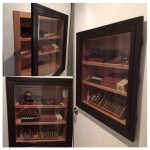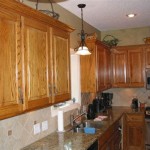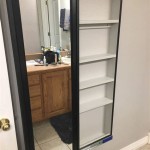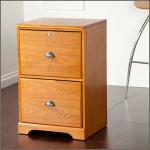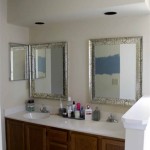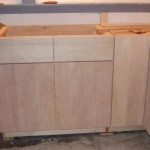Where Should Cabinet Hardware Be Placed?
Cabinet hardware, encompassing pulls, knobs, and hinges, plays a significant role in the functionality and aesthetic appeal of cabinets. While design preferences vary, certain principles guide optimal placement for both practicality and visual harmony. This article delves into the factors influencing hardware placement, aiming to provide a comprehensive understanding of the considerations involved.
Factors Affecting Hardware Placement
Choosing the right location for cabinet hardware involves a balancing act between functional and aesthetic considerations. Several factors influence this decision:
- Cabinet Size and Style: Larger cabinets might demand more substantial hardware, while smaller cabinets may benefit from delicate details. Traditional cabinets often favor pulls, whereas modern designs embrace sleek knobs.
- Functionality: Doors and drawers should open smoothly without interference from hardware. Placement should consider the desired opening angle and the ease of grabbing handles or knobs.
- Visual Balance: Consistent hardware placement creates a cohesive look. Symmetry and alignment contribute to a visually pleasing aesthetic.
- Material and Finish: Hardware should complement the cabinet material and style. Metallic finishes like chrome or brass can add a modern touch, while brushed nickel or oil-rubbed bronze offer rustic elegance.
Ideal Placement for Cabinet Hardware
Following industry standards and design principles can guide optimal placement for various cabinet hardware types:
Cabinet Pulls
For doors and drawers, pulls are typically placed 2.5-3 inches from the top edge or 3-4 inches from the bottom edge. The ideal location depends on the cabinet's size and the user's reach. Centering the pull within the cabinet's width ensures a balanced visual effect.
Cabinet Knobs
Knobs are often located in the center of the cabinet door or drawer, approximately 3 inches from the top edge. This central placement provides a comfortable grip and a balanced visual appearance.
Cabinet Hinges
Hinges should be placed in a way that allows for smooth opening and closing of doors. They are typically positioned on the side or bottom of the cabinet, with the exact placement depending on the type of hinge and cabinet design.
Tips for Achieving a Polished Look
Beyond the general guidelines, several additional tips can elevate the overall appearance of cabinet hardware:
- Spacing: Maintain even spacing between hardware on adjacent cabinets for a cohesive look. Consistency in spacing contributes to a sense of order.
- Orientation: Align hardware vertically or horizontally depending on the cabinet configuration. Consider using a level to ensure straight lines.
- Accessibility: Place hardware in a location that allows easy access and comfortable grip. Consider the height of the cabinets and the reach of users.
- Cabinet Style: Choose hardware that compliments the cabinet's design. Traditional cabinets may favor ornate hardware while modern styles call for minimal and sleek options.
By adhering to these principles and considering the specific features of each cabinet, one can achieve a harmonious blend of functionality and aesthetics. Properly placed hardware enhances the overall appeal and usability of cabinets, contributing to a well-designed and inviting space.

How To Place Cabinet Knobs Pulls

How To Install Cabinet Handles Straight Without Losing Your Mind

How To Place Cabinet Knobs Pulls

Cabinet Hardware Placement Guide

Where To Place Cabinet Hardware Emtek

How To Install Cabinet Handles The Home Depot

How To Properly Execute Cabinet Hardware Placement Van Dyke S Rers

Kitchen Decisions Where To Place Your Cabinet Hardware The Studio M Bath Blog
Cabinet Hardware Placement Where To Put Knobs And Handles Vevano

How To Install Hardware Like A Pro Kitchen Renovation House Of Hepworths
Related Posts


